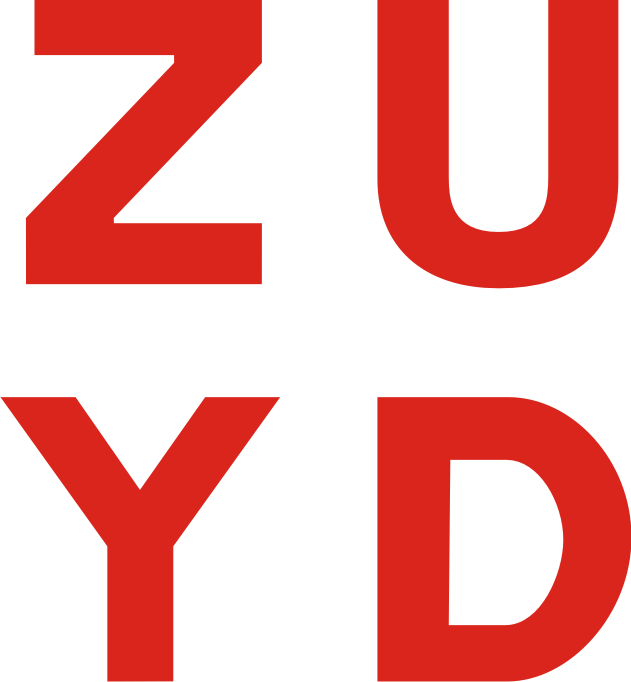Participation measures that evaluate attendance and involvement for young people aged 15 to 25 years with cerebral palsy: a systematic review
- Authors:
- Quartermaine, J. R., Rose, T. A., Auld, M. L., and Johnston, L. M.
- Abstract:
- PURPOSE: To identify participation-focused measures used for young people with cerebral palsy (CP), evaluate their psychometric evidence, and map item content to the International Classification of Functioning, Disability, and Health (ICF), and family of Participation-Related Constructs (fPRC) frameworks.
METHODS: Four databases (PubMed, Embase, Web of Science, CINAHL) were searched for papers that involved young people with CP aged 15 to 25 years and reported original data from a participation measure. Each measure was examined for validity, reliability, responsiveness (using the COSMIN checklist), clinical utility, the inclusion of accessible design features, self- and/or proxy-report from people with communication support needs, and item content according to ICF and fPRC.
RESULTS: Of 895 papers, 80 were included for review. From these, 26 measures were identified. Seven measures (27 papers/resources) were participation-focused, capable of producing a score for participation Attendance and/or Involvement. Of these, all measured Attendance (n = 7) but fewer than half measured Involvement (n = 3). Few included studies (37%) reported including some self-report of people with communication support needs.
CONCLUSIONS: Participation measures for young people with CP are evolving but require more: (i) emphasis on measurement of involvement; (ii) investigation of psychometric properties; and (iii) adaptation to enable self-report by young people with communication support needs.IMPLICATIONS FOR REHABILITATIONIdentifies seven participation-focused measures which are available for young people with cerebral palsy, all seven measure Attendance and three measure Involvement.Provides a decision-making tool to assist clinicians and researchers with the selection of participation-focused measures for young people with cerebral palsy.Recommends that more accessible self-report measures are needed which capture age-appropriate participation of young people with cerebral palsy. - DOI:
- 10.1080/09638288.2023.2207042
- Journal:
- Disabil Rehabil
- issn:
- 0963-8288
- Publication year:
- 2023
- pages:
- 1-17
- Functional status:
- Role functioning
Social functioning - Age:
- Adults (18-65)
Children (0-18) - Disease:
- Certain conditions originating in the perinatal period and related symptoms
Congenital malformations, deformations and chromosomal abnormalities and related symptoms - PRO / non-PRO:
- Non-patient Reported Outcome
Patient Reported Outcome - Type of measurement instrument:
- 1 - Questionnaires
- Instrument:
- CAPE/PAC - Children's Assessment of Participation and Enjoyment / Preferences for Activities of Children
 |
| 
CASP - Child and Adolescent Scale of Participation
FPQ - Frequency of Participation Questionnaire
PARTS/M - Participation Survey/Mobility
PEM-CY - Participation and environment measure for children and youth (versions: YC-PEM - Young Children-PEM)
QYPP - Questionnaire of Young People’s Participation
SEAS - Self-reported Experiences of Activity Settings